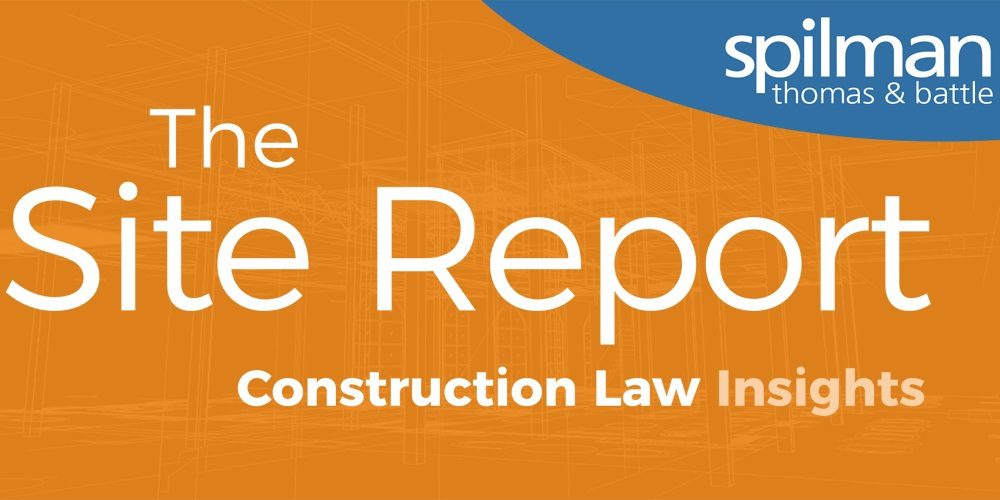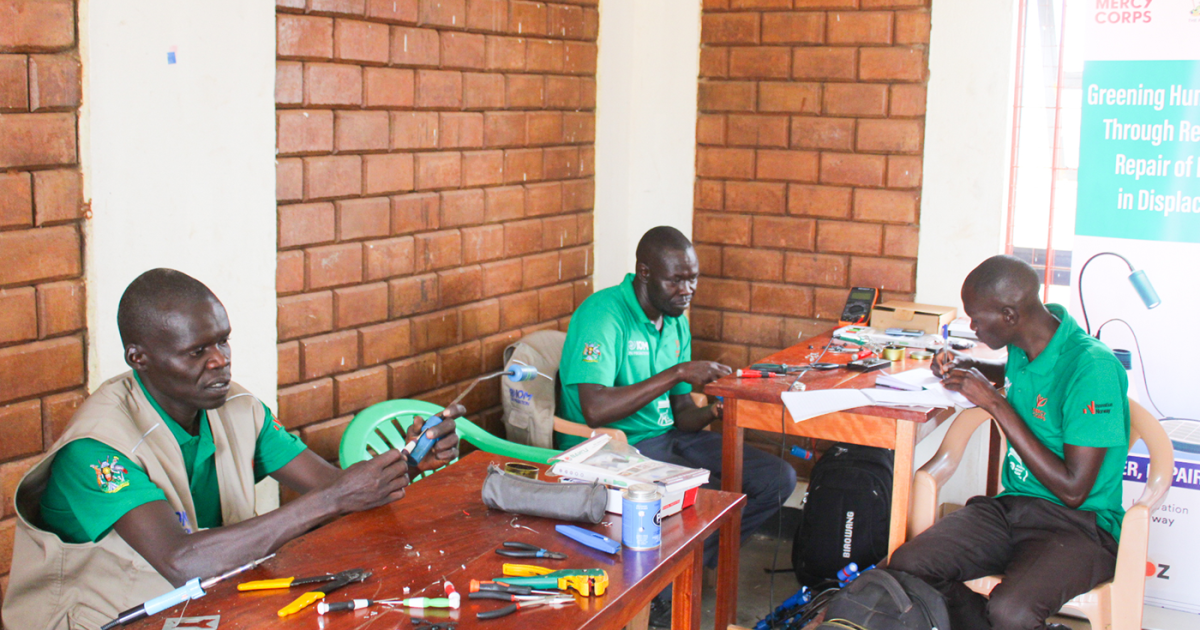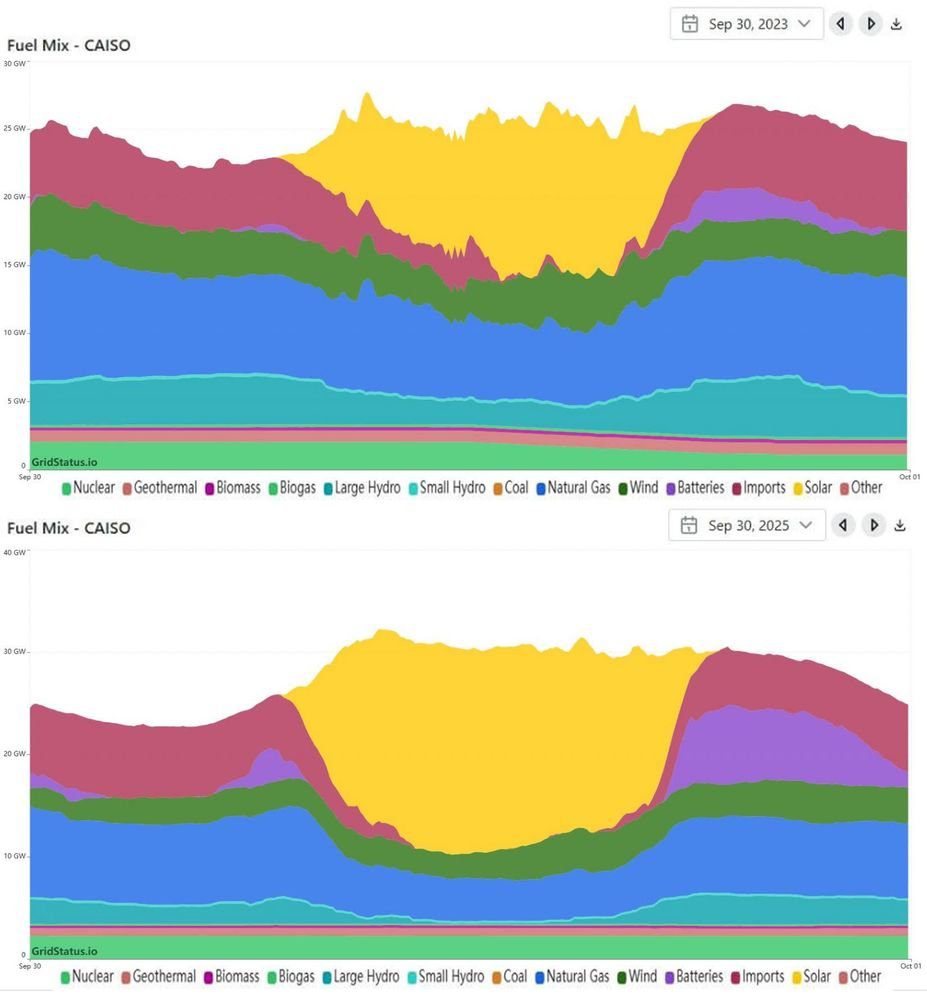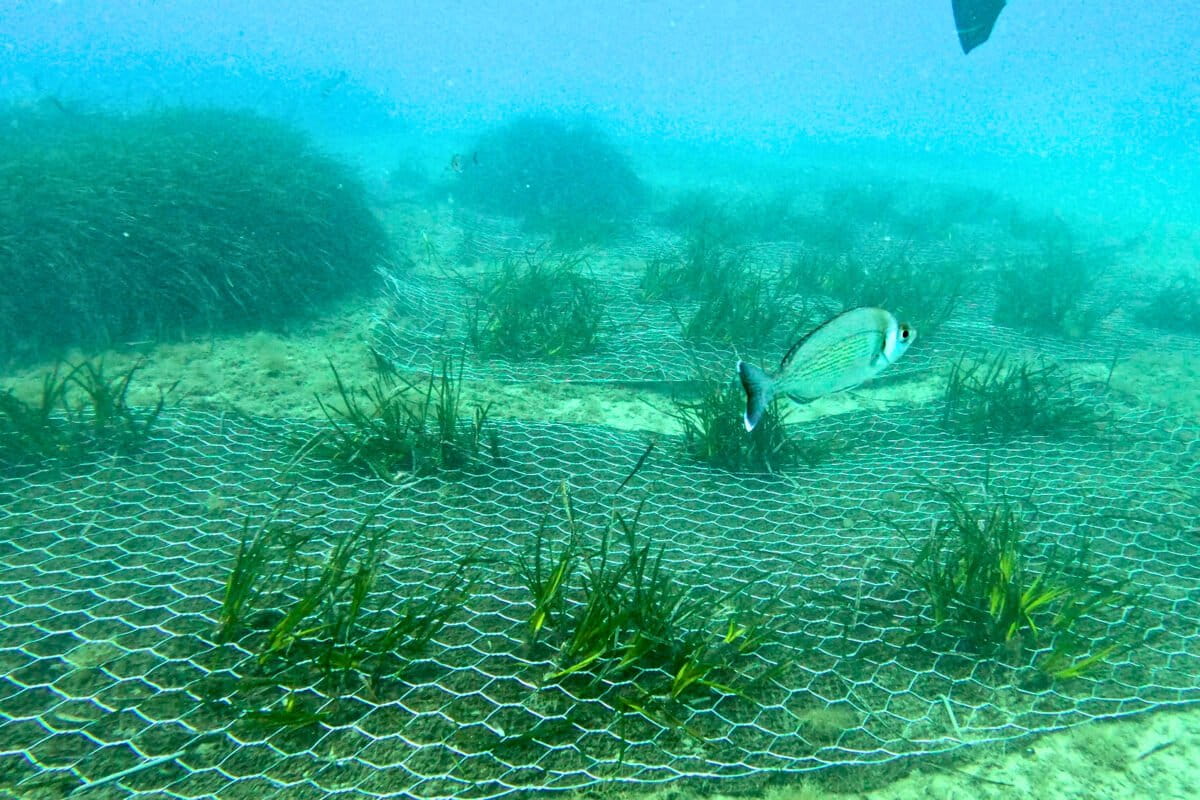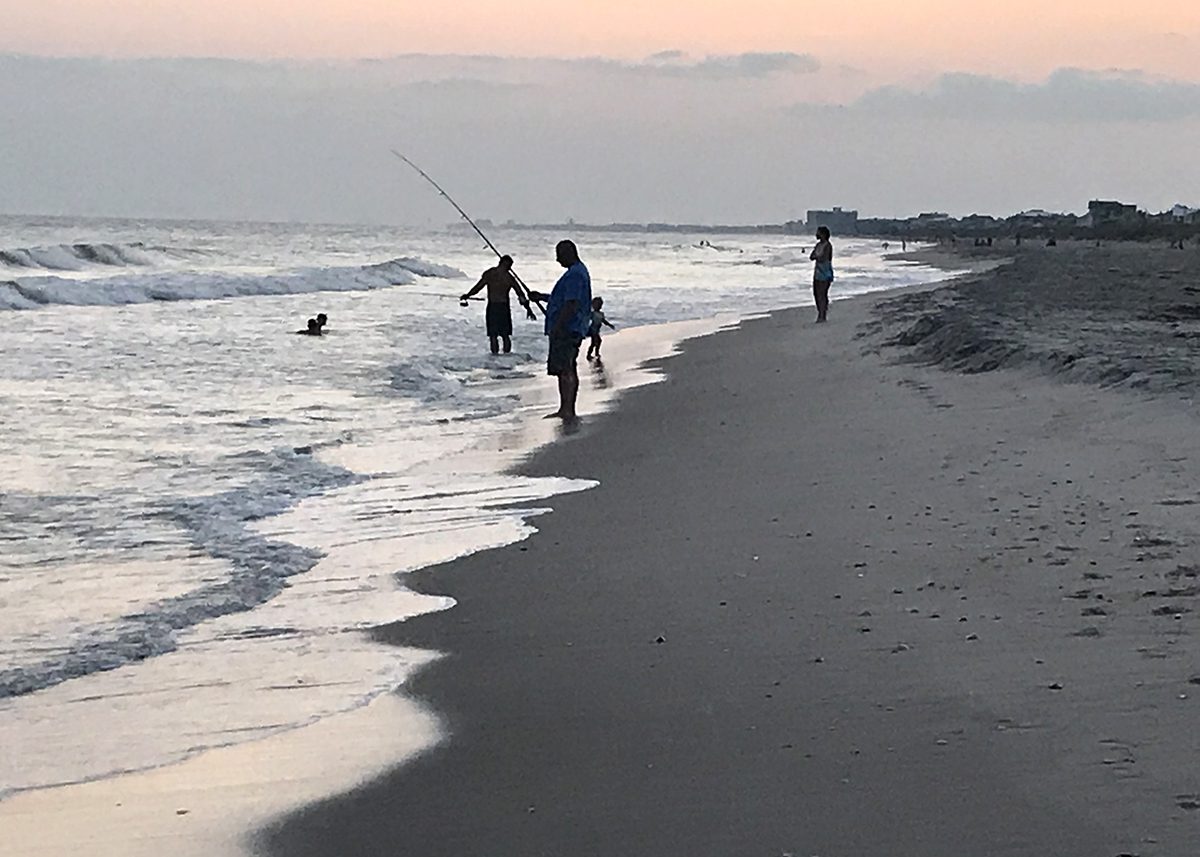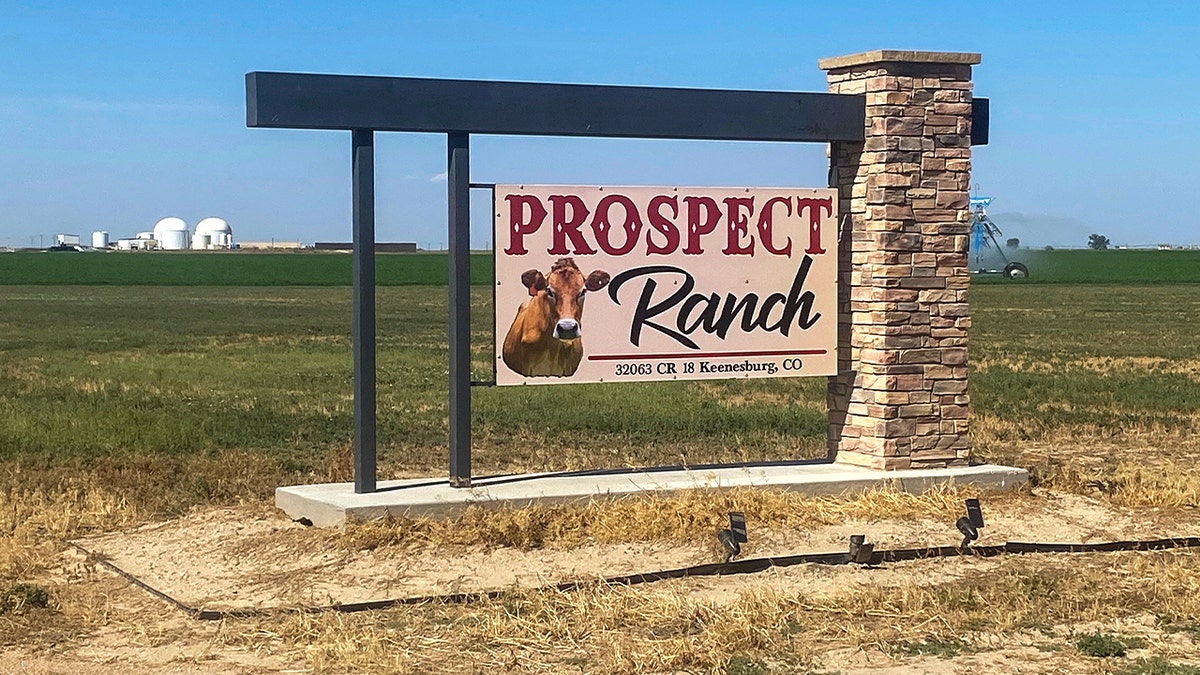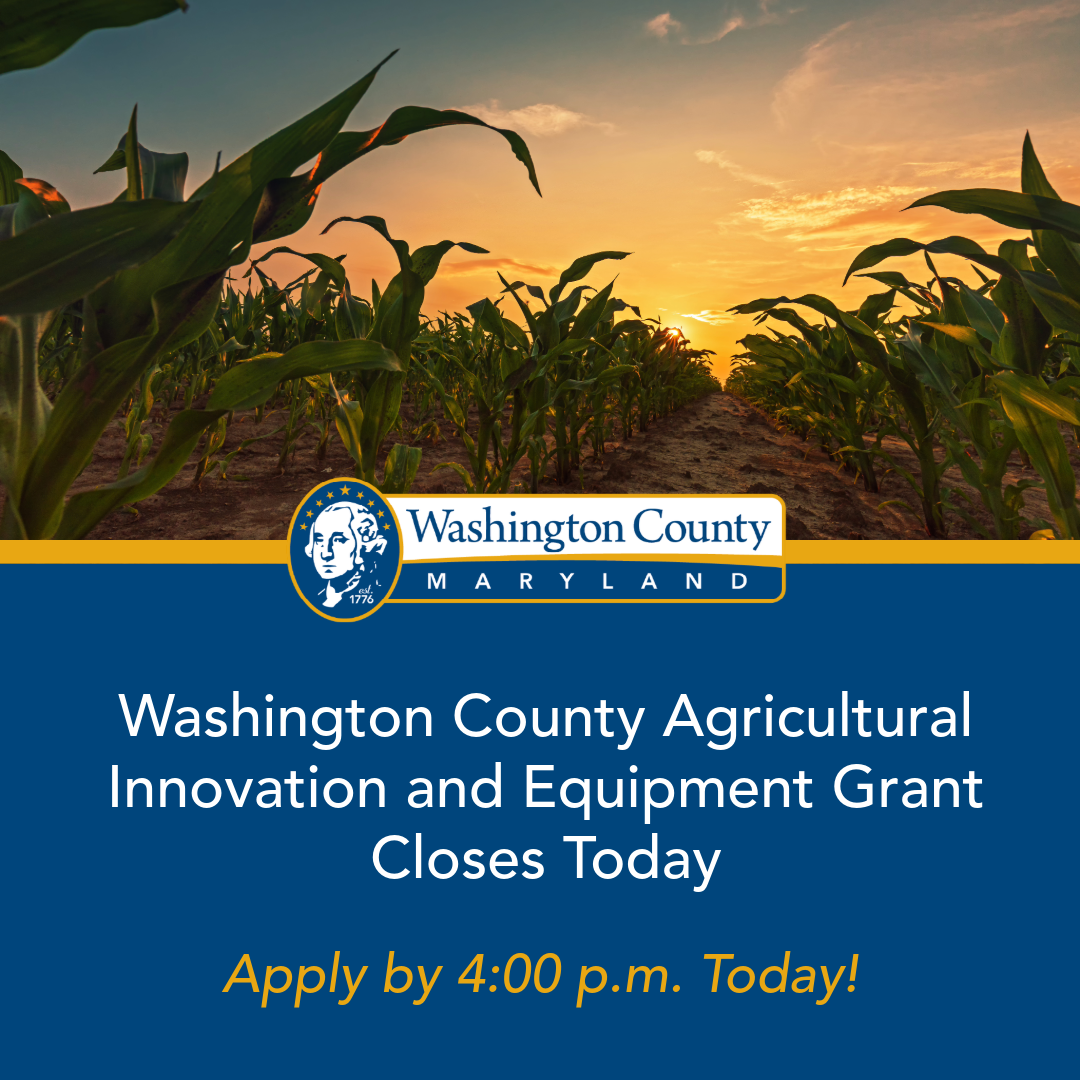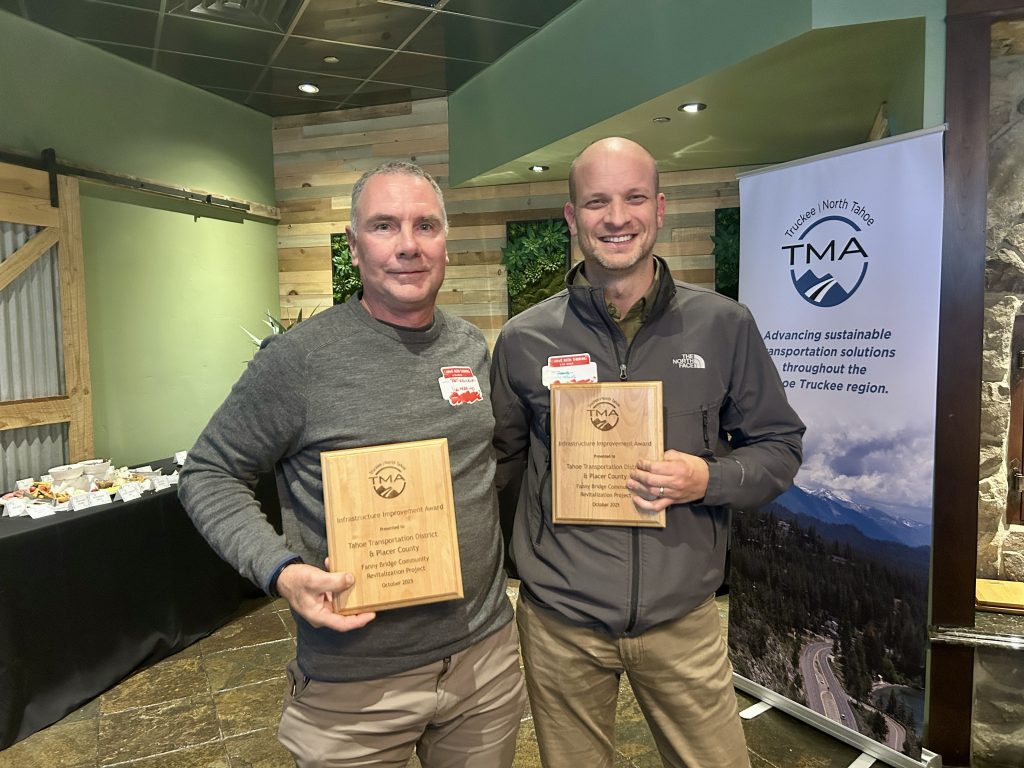Genetic rescue of endangered species may risk bad mutations slipping through – Ohio State News

Genetic Rescue Strategies and Sustainable Development Goal 15: A Genomic Analysis of Conservation Practices
Introduction
A recent study published in Molecular Ecology presents critical findings on the conservation practice of assisted gene flow, a strategy central to achieving Sustainable Development Goal 15: Life on Land. This practice, involving the relocation of animals to augment small, inbred populations, is examined for its long-term genetic consequences. The research provides a new framework for evaluating conservation interventions aimed at protecting threatened species and halting biodiversity loss (SDG Target 15.5).
Study Overview: The Eastern Massasauga Rattlesnake
Methodology
Researchers conducted a comprehensive genomic analysis to assess the genetic implications of assisted gene flow. The study focused on the Eastern massasauga rattlesnake, a threatened species, and involved:
- Whole genome sequencing of 152 individuals from 14 distinct populations.
- Computational analysis of single-nucleotide polymorphisms (SNPs) to identify and quantify gene variants.
- Categorization of mutations as either adaptive (beneficial) or deleterious (damaging) to model the net genetic effect of relocating donor animals to recipient populations.
Key Findings
The analysis revealed a significant paradox in the outcomes of assisted gene flow, with direct implications for strategies under SDG 15.
- Introduction of Deleterious Genes: In a hypothetical relocation scenario, donor populations introduced a greater number of damaging gene variants than beneficial ones. For instance, one scenario projected a 36% increase in moderately damaging mutations and a 32% increase in severe loss-of-function mutations, compared to a 34% increase in positive variants.
- The Conservation Paradox: While genomic analysis indicates potential long-term genetic risk, empirical evidence from other rescue efforts often shows short-term population growth. This suggests that the immediate benefits of reduced inbreeding may mask underlying genetic vulnerabilities.
- Limited Risk of Maladaptation: The study found that concerns about introducing genes poorly adapted to the local environment may be overstated. Only 7% of adaptive mutations in donor snakes were linked to regional adaptation, suggesting this is not a primary risk factor.
Implications for SDG 15: Life on Land
Re-evaluating Interventions for Threatened Species (Target 15.5)
The study compels a re-evaluation of genetic rescue as a primary tool to protect and prevent the extinction of threatened species. While the practice is intended to halt biodiversity loss, the findings suggest it may inadvertently introduce a long-term “mutation load” into fragile populations. This highlights the need for a more nuanced approach that considers both immediate demographic recovery and long-term genetic health to sustainably achieve SDG Target 15.5.
The Critical Role of Ecological Stability
The research strongly suggests that the success of conservation efforts cannot be measured by genetics alone. The observed short-term success of assisted gene flow in other species implies that ecological factors are paramount. For rescued populations to persist and for evolutionary processes to work favorably over time, they require stable and supportive habitats. This aligns with the broader mandate of SDG 15 to reduce the degradation of natural habitats and integrate ecosystem values into conservation planning.
A New Framework for Risk Assessment
A key contribution of this research is the development of a new statistical methodology for assessing the genetic risks of conservation translocations. This framework provides a tangible tool for wildlife managers and policymakers to:
- Quantify the potential genetic benefits and burdens before undertaking a relocation project.
- Make more informed decisions that align with the long-term objectives of SDG 15.
- Apply a consistent, data-driven approach to conservation strategies for any species with available genomic data.
Conclusion and Future Directions
This research underscores the complexity of genetic interventions in conservation and their relationship with the targets of SDG 15. The findings indicate that while assisted gene flow can provide short-term relief from inbreeding, it may introduce a significant long-term genetic burden. The ultimate success of species rescue efforts is therefore critically dependent on robust ecological conditions that allow populations the “breathing room” to overcome these genetic challenges.
The analytical techniques developed are broadly applicable and represent a significant advancement in evidence-based conservation. This work, supported by partnerships between state and federal wildlife agencies (a principle of SDG 17: Partnerships for the Goals), advocates for an integrated approach that combines genomic risk assessment with a primary focus on habitat preservation to ensure the long-term survival of life on land.
1. Which SDGs are addressed or connected to the issues highlighted in the article?
SDG 15: Life on Land
- The article directly addresses the conservation of a terrestrial species, the Eastern massasauga rattlesnake. It focuses on strategies to protect and prevent the extinction of this endangered species, which is a core component of SDG 15. The discussion revolves around halting biodiversity loss by examining the genetic health of threatened populations and the methods used for their recovery, such as assisted gene flow.
SDG 17: Partnerships for the Goals
- The research presented in the article is a collaborative effort. It explicitly mentions that the work was supported by a partnership between academic institutions (The Ohio State University), government agencies (U.S. Fish and Wildlife Service, Ohio Division of Wildlife), and a conservation partnership (Ohio Biodiversity Conservation Partnership). This multi-stakeholder collaboration to generate and share knowledge for conservation efforts aligns with the principles of SDG 17.
2. What specific targets under those SDGs can be identified based on the article’s content?
SDG 15: Life on Land
-
Target 15.5: Take urgent and significant action to reduce the degradation of natural habitats, halt the loss of biodiversity and, by 2020, protect and prevent the extinction of threatened species.
- The article is centered on a “threatened group” and “endangered species,” specifically the Eastern massasauga rattlesnake. The entire study evaluates a conservation practice, “assisted gene flow,” aimed at preventing the extinction of small, inbred populations. The research questions the long-term genetic viability of this method, directly contributing to the knowledge base for protecting threatened species.
-
Target 15.9: By 2020, integrate ecosystem and biodiversity values into national and local planning, development processes, poverty reduction strategies and accounts.
- The study itself represents an integration of biodiversity values into conservation planning. By developing “statistical techniques” to assess the genetic risks of conservation strategies, the researchers are providing tools for state and national wildlife agencies to make more informed decisions. The funding from the “State Wildlife Grants Program” and the “Ohio Division of Wildlife” demonstrates that biodiversity research is being integrated into their operational planning and resource allocation.
SDG 17: Partnerships for the Goals
-
Target 17.16: Enhance the Global Partnership for Sustainable Development, complemented by multi-stakeholder partnerships that mobilize and share knowledge, expertise, technology and financial resources.
- The article exemplifies this target by highlighting a partnership that mobilizes financial resources (funding from the “State Wildlife Grants Program”), shares knowledge and expertise (the research conducted by Professor Gibbs and Dr. Mathur at The Ohio State University), and develops new technology (the “purely computational approach” and “statistical techniques” for genome analysis). The collaboration between the university and government wildlife agencies is a clear example of a multi-stakeholder partnership working towards a sustainable development objective.
3. Are there any indicators mentioned or implied in the article that can be used to measure progress towards the identified targets?
Target 15.5: Protect and prevent the extinction of threatened species
- Population size of threatened species: The article mentions that in previous rescue efforts, “the small population usually grows.” This implies that the number of individuals in the recipient population is a key metric for success.
- Quantification of genetic variants: The study’s core methodology involves measuring the genetic impact of relocation. Specific indicators mentioned are the percentage change in different types of mutations. For example, “a 34% increase in positive variants, a 36% increase in moderately damaging mutations, and a 32% increase in the most severe loss-of-function mutations.” This provides a direct way to measure the genetic health and long-term viability of a population.
- Ratio of beneficial to deleterious mutations: The article discusses measuring “good variation” against the “burden of bad variation.” An indicator would be the net effect or ratio of adaptive mutations to deleterious mutations introduced into a threatened population through assisted gene flow.
Target 15.9: Integrate ecosystem and biodiversity values into planning
- Adoption of new analytical tools in conservation planning: The article states the “statistical techniques Mathur and Gibbs developed for this study could be used for any proposed assisted gene flow strategy.” An indicator of progress would be the number of conservation agencies or projects that adopt these or similar genomic analysis tools to assess risks before implementing relocation programs.
- Allocation of funding to biodiversity research: The article notes the study was “supported by the State Wildlife Grants Program… and the Ohio Biodiversity Conservation Partnership.” The amount of funding allocated by government and non-government bodies to research that informs conservation strategies serves as an indicator of integration.
Target 17.16: Enhance multi-stakeholder partnerships
- Number of collaborative research projects: The study itself is an indicator of a successful partnership. Progress can be measured by the number of similar collaborative projects between academic institutions, government agencies, and conservation groups.
- Number of joint publications: The publication of the research in the journal “Molecular Ecology” is a tangible output of the partnership. The number of co-authored publications resulting from such partnerships can be used as an indicator of effective knowledge sharing.
4. Table of SDGs, Targets, and Indicators
| SDGs | Targets | Indicators |
|---|---|---|
| SDG 15: Life on Land | 15.5: Protect and prevent the extinction of threatened species. |
|
| 15.9: Integrate ecosystem and biodiversity values into national and local planning. |
|
|
| SDG 17: Partnerships for the Goals | 17.16: Enhance multi-stakeholder partnerships that mobilize and share knowledge, expertise, and resources. |
|
Source: news.osu.edu

What is Your Reaction?
 Like
0
Like
0
 Dislike
0
Dislike
0
 Love
0
Love
0
 Funny
0
Funny
0
 Angry
0
Angry
0
 Sad
0
Sad
0
 Wow
0
Wow
0







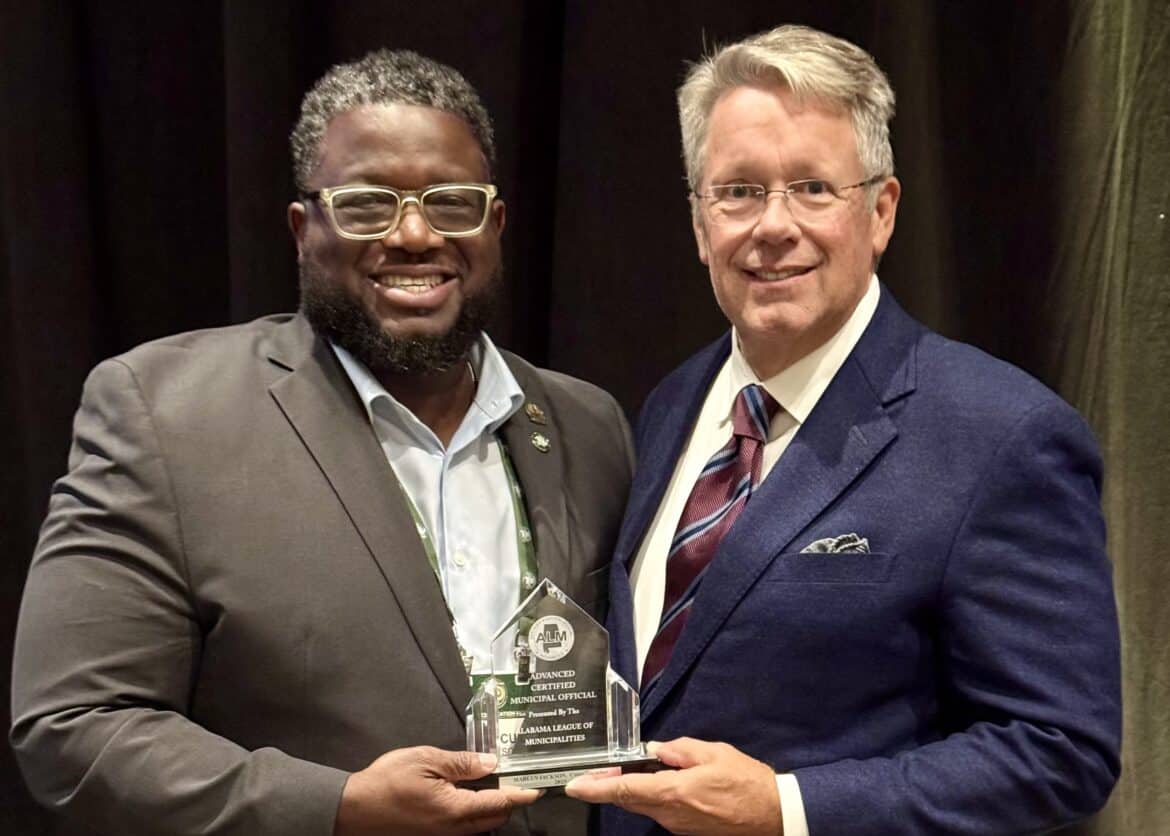







;Resize=805#)


